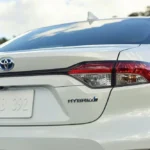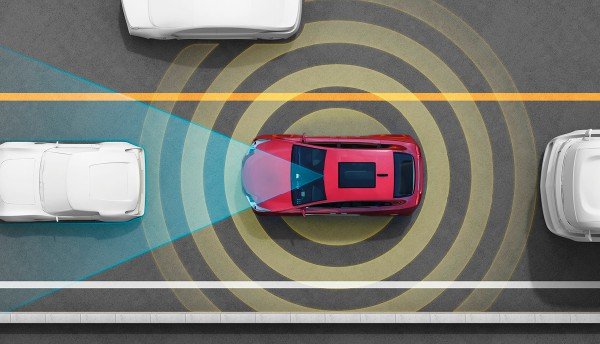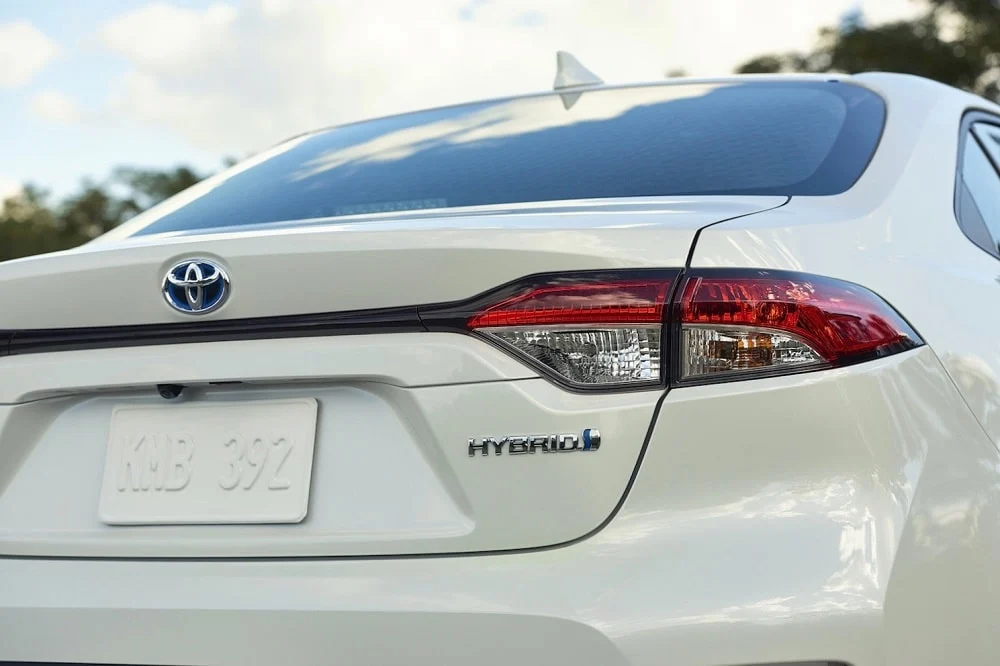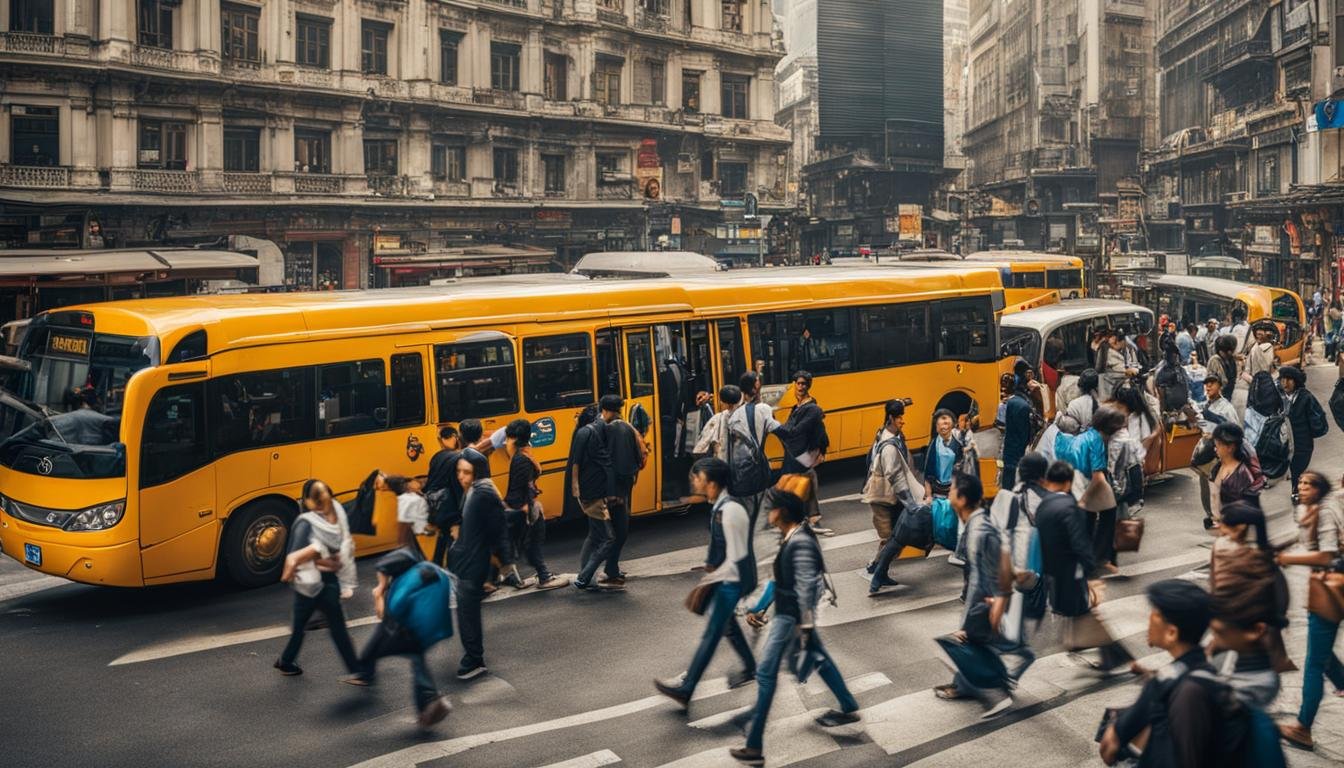Autonomous vehicles (AVs) are rapidly emerging as a transformative force in the transportation industry. With advancements in artificial intelligence, machine learning, and sensor technologies, these self-driving cars are set to revolutionize how we move goods and people. Here’s a look at the critical role autonomous vehicles play in shaping the future of transport.
Reducing Traffic Accidents
Enhanced Safety Through Automation
One of the most significant promises of AVs is the reduction of traffic accidents. Human error is a leading cause of accidents, and autonomous systems equipped with advanced sensors and algorithms can make split-second decisions to avoid collisions.
Predictive Capabilities
Autonomous vehicles utilize predictive analytics to anticipate potential hazards. These systems process data from cameras, LiDAR, and radar to detect pedestrians, cyclists, and other vehicles in real time, minimizing risks.
Revolutionizing Urban Mobility
Decreasing Traffic Congestion
AVs are expected to optimize traffic flow through intelligent routing and real-time communication with other vehicles and infrastructure. This reduces congestion and shortens commute times.
Promoting Shared Mobility
Autonomous ride-sharing services have the potential to reduce the number of vehicles on the road, leading to more efficient use of resources and a smaller environmental footprint.
Redefining Public Transit
With AV integration, public transit systems could become more flexible and responsive. Autonomous shuttles and buses can adjust routes dynamically to serve passenger demand.
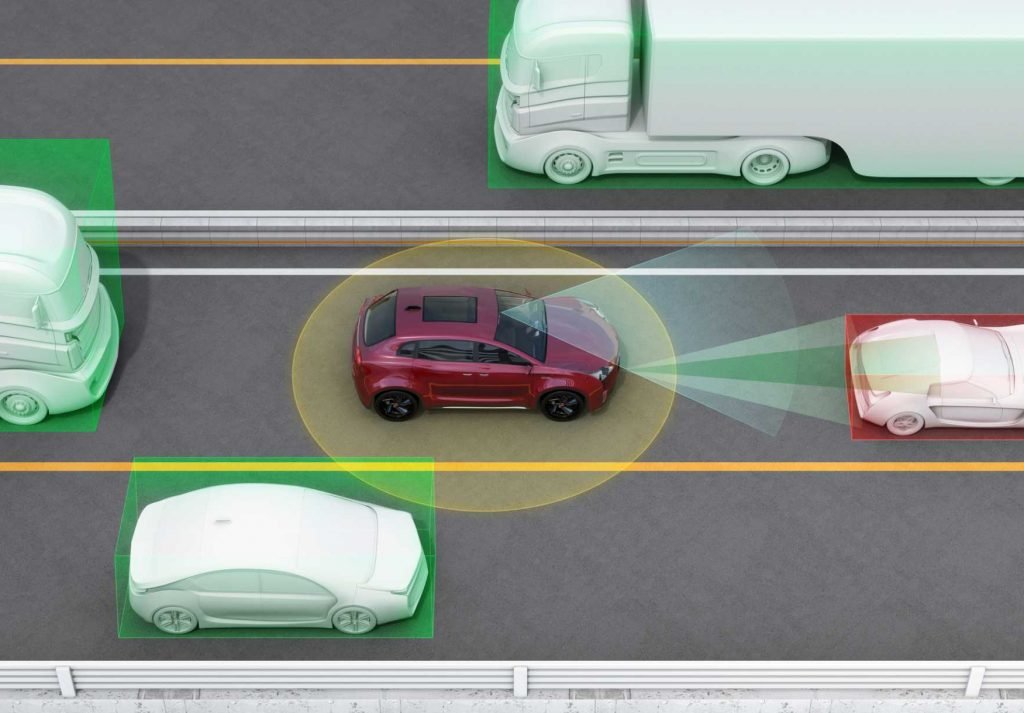
Transforming Logistics and Freight
Increased Efficiency
Self-driving trucks and delivery vehicles can operate around the clock, reducing shipping times and improving supply chain efficiency. These vehicles also use fuel more efficiently, lowering costs and emissions.
Last-Mile Delivery Solutions
Autonomous delivery bots and drones are already being tested to handle last-mile deliveries, offering faster and more reliable services to consumers.
Environmental Impact
Reduced Emissions
By optimizing driving patterns and reducing idle time, AVs contribute to lower greenhouse gas emissions. Electric AVs further enhance sustainability by eliminating reliance on fossil fuels.
Reducing Urban Sprawl
With efficient AV systems, cities may reduce the need for expansive parking lots and infrastructure, freeing up space for green areas and pedestrian-friendly designs.
Challenges and Considerations
Regulatory Hurdles
Governments must establish comprehensive regulations to ensure the safe deployment of autonomous vehicles. This includes addressing liability issues, cybersecurity threats, and ethical considerations.
Public Acceptance
Building trust in AV technology is essential. Public education and transparent testing processes can help alleviate concerns about safety and reliability.
Infrastructure Upgrades
To fully realize the benefits of AVs, cities need smart infrastructure, including connected traffic signals, designated AV lanes, and charging stations for electric vehicles.
The Future of Autonomous Vehicles
Integration with Smart Cities
Autonomous vehicles are a cornerstone of smart cities, where technology drives efficiency and sustainability. By connecting AVs with other smart systems, such as energy grids and IoT devices, cities can create seamless and integrated mobility solutions.
Beyond Personal Cars
The scope of autonomous vehicles extends beyond personal transportation. From autonomous farming equipment to robotic taxis, the applications are diverse and far-reaching.
Continuous Innovation
The AV industry is evolving rapidly. Partnerships between tech companies, automakers, and governments are accelerating innovation, bringing fully autonomous vehicles closer to mainstream adoption.
Conclusion
Autonomous vehicles are poised to reshape the transportation landscape. By improving safety, enhancing efficiency, and promoting sustainability, they offer solutions to many of the challenges facing modern transportation. While hurdles remain, the progress in AV technology signals a future where transport is smarter, safer, and more accessible than ever before.



